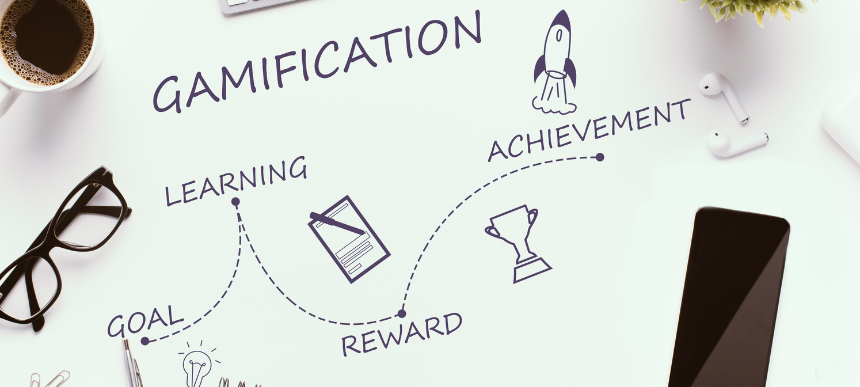What is gamification and how to gamify your work?
- Marko S.
- Apr 28, 2023
- 4 min read
Updated: Oct 24, 2024

Gamification is a concept that is becoming increasingly popular in the workplace. It involves using game-like elements and dynamics to make work tasks more engaging and enjoyable. Gamification can be used to motivate employees, increase collaboration, and drive innovation.
But what exactly is gamification? How do you go about creating a successful gamified environment at work? In this blog post, we’ll explore these questions and more. We will discuss the various components of gamification, its benefits, and how you can use it to increase engagement and productivity with your team.
What is gamification?
Gamification is the use of game design elements in non-game contexts. It can be used to engage and motivate people to achieve their goals. Gamification can be used in a wide variety of applications, including education, training, employee performance management, health and fitness, and customer loyalty programs.
The key elements of gamification are game mechanics, which are the rules and challenges that define a game; player motivation, which is what drives players to keep playing; and feedback systems, which provide information on players' progress and performance.
When used correctly, gamification can be an effective tool for motivating people to achieve their goals. However, it is important to design gamified systems carefully, as poorly designed games can result in frustration and disengagement.
The principles of gamification
The principles of gamification are simple: apply game-like mechanics to non-game activities to make them more fun and engaging. The most common gamification techniques include awarding points, badges, and leaderboards.
When done right, gamification can be a powerful tool to motivate employees and customers alike. It can also help people learn new skills or master complicated tasks. However, it’s important to avoid overdoing it – too much gamification can result in frustration and resentment.
How to gamify your work?
If you're looking to add a little fun and excitement to your work life, gamification may be the answer. Gamification is the process of adding game-like elements to work tasks in order to make them more engaging and motivating.
There are many different ways you can gamify your work, but some of the most popular methods include adding points, badges, and leaderboards to task completion. By adding these elements, you can turn even the most mundane tasks into something that feels like a game. And when people are having fun, they're more likely to be productive.
So if you're ready to start gamifying your work, here are a few tips to get you started:
1. Define what success looks like: Before you can start gamifying your work, you need to first define what success looks like. This will help you determine what tasks or behaviors you want to encourage with gamification.
2. Choose the right rewards: Once you've defined what success looks like, it's time to choose the right rewards for completing tasks or meeting goals. Rewards should be motivating without being too distracting from the task at hand.
3. Make it visual: Adding visual elements (like points or badges) can help make gamification more effective by making progress visible and tangible.
4. Keep it simple: When starting out with gamification, it's important to keep things simple. Don't try to overcomplicate things by adding
The benefits of gamification
Gamification can have many benefits, both for individuals and organizations. When used correctly, it can improve engagement, motivation, productivity, and even creativity.
For individuals, gamification can help them to stay focused and motivated on tasks that they may otherwise find boring or tedious. It can also help them to develop new skills and knowledge more quickly. And, because it encourages exploration and experimentation, it can foster creativity.
Organizations can use gamification to improve employee engagement and performance. By designing games that simulate real-world work tasks, employees can learn new skills while also developing a better understanding of their organization’s goals and how their own work contributes to those goals.
Additionally, because gamification can make work more fun and engaging, it can help reduce turnover and absenteeism.
The challenges of gamification
Gamification is not without its challenges. One of the biggest challenges is ensuring that the games remain fun and engaging over time. Players can quickly become bored with games that are too easy or too repetitive. Another challenge is making sure that the games don’t interfere with work productivity. Games should enhance productivity, not impede it.
Despite these challenges, gamification can be a powerful tool for engagement and motivation. When used correctly, it can help people stay focused and engaged in even the most tedious tasks.
Conclusion
We hope that this article has given you a better understanding of what gamification is and how it can be used to make work more engaging and productive. By using gamification techniques, you can create an environment where employees are motivated to perform their best and strive for success.
Gamifying your work also provides a great way to promote collaboration, creativity, and competition in the workplace - all things that have been proven to boost productivity. So if you're looking for ways to improve your team's efficiency, why not give gamification a try?



